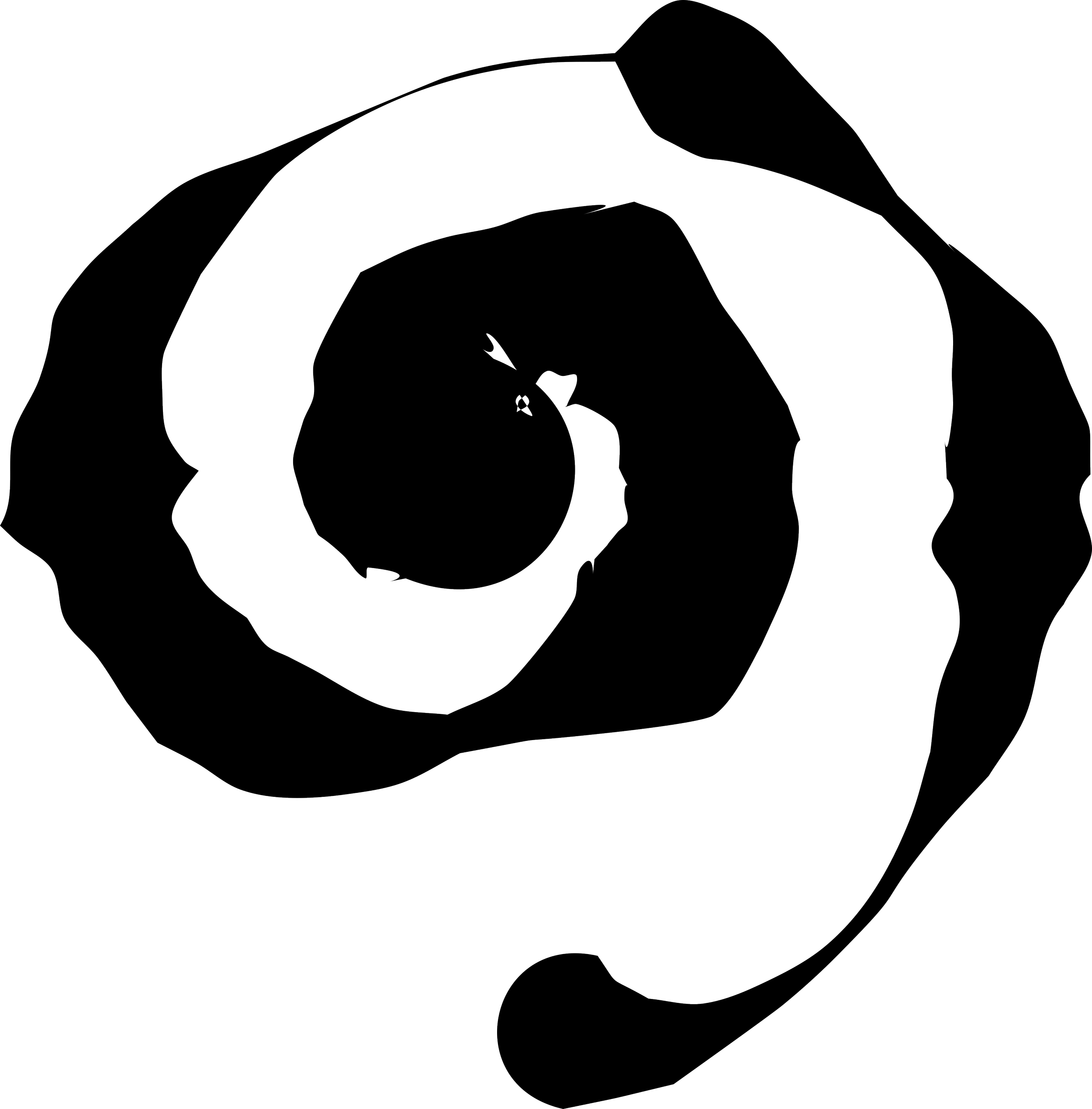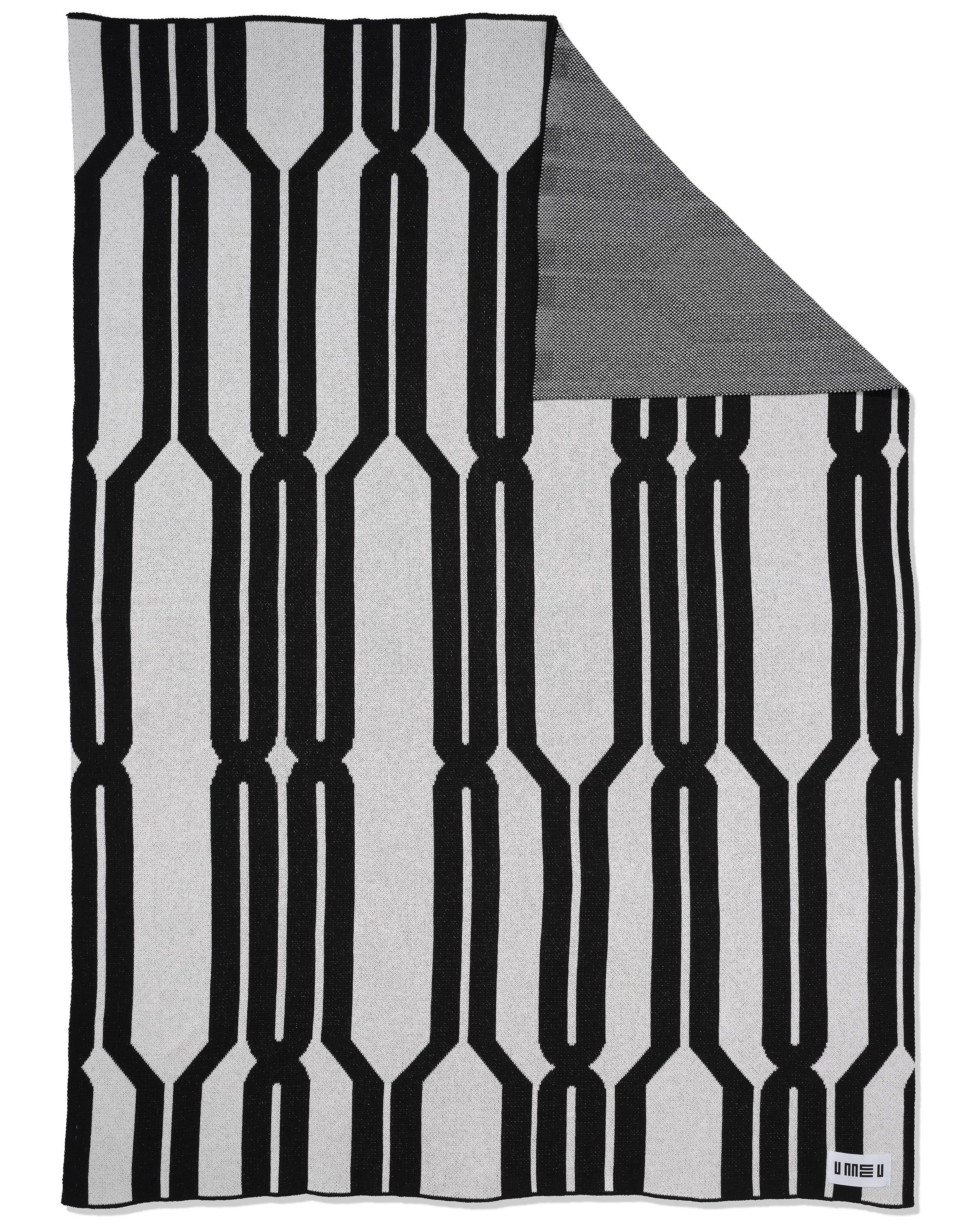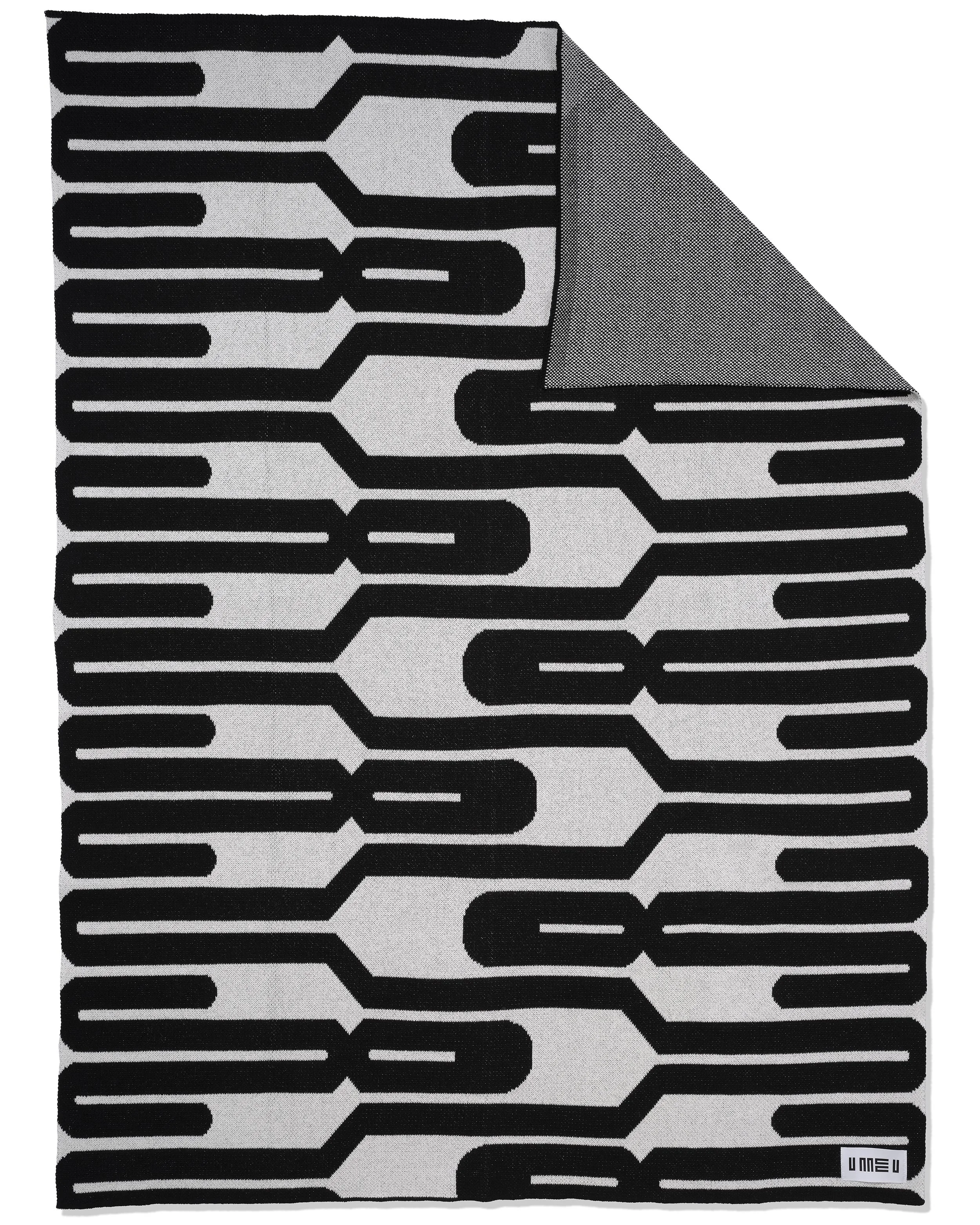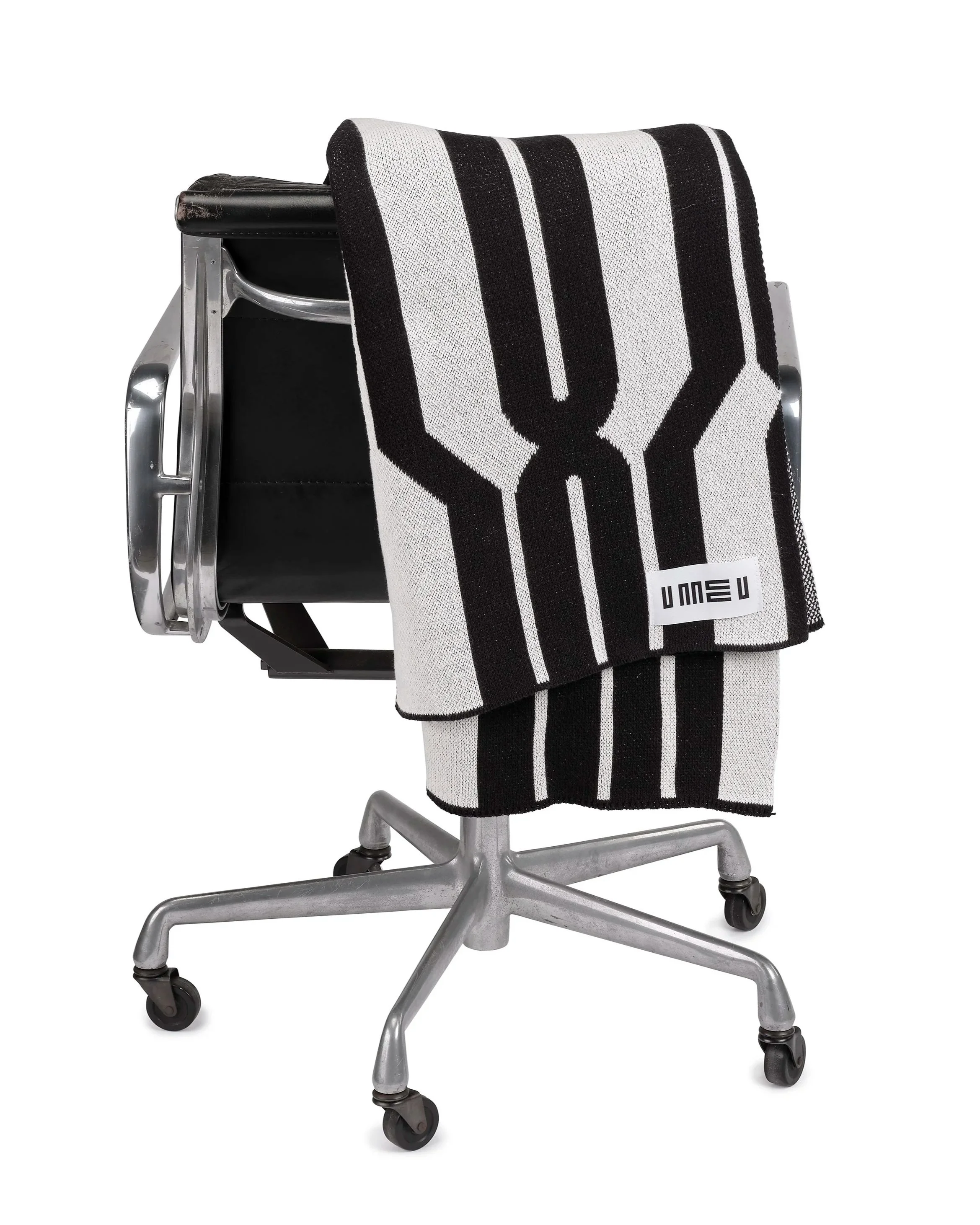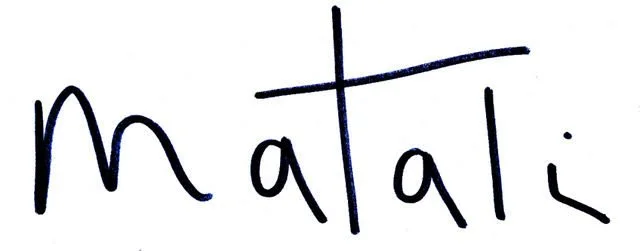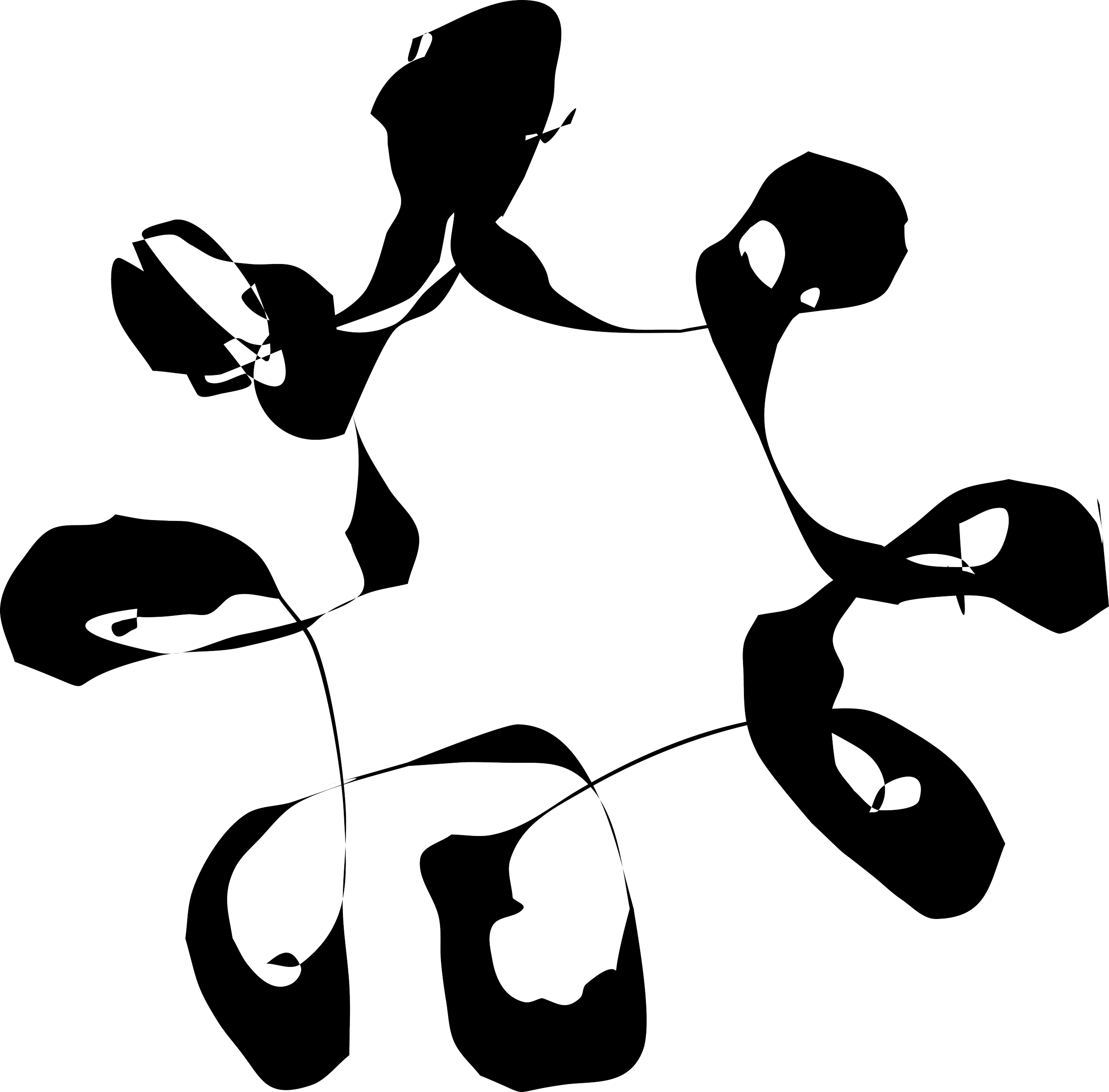
Matali Crasset
“I have often said I distrust forms. However, sometimes during the evening, I like doodling. In doing so, a form may appear that catches my attention. I will try to forge a close bond with it. Repeat it, combine it, make it experiment different things, try different scales. When it finally surrenders to me, magics operate, combinations become clear. The form just lets me guide it to suit to my whims and fancies. Thus, this is an encounter, and today is about such encounter.
The drawing comes from the repetition of a motif that resulted in a kinetic-like plaid using threads in five different colours: black, white, and yellow, further combined with red and blue.
The drawing of the plaid is a visual play, a grid evoking as much a network of rhizomes, as an architecture or a circuit. It symbolises streams of energy, flows of life, what unites us and without a doubt warms us up.
Matali Crasset Translated from French by Violaine Boutet de Monvel
Curator: Hi! Could you give our readers a bit of background about your approach to design?
Matali Crasset: I was born in 1965 in Châlons-en-Champagne. After graduating at the Ateliers E.N .S.C.I in 1991, I participated in the Milan triennial, where she presented her project « The Domestic Trilogy » , three diffusors spreading warmth – murmur and intimacy – , light – images and memories – , and water – scents and swirls.
I then worked with Denis Santachiara in Milan, on architecture and design projects and on exhibitions. On my return in Paris, I started working with Philippe Starck and stayed 5 years at the Agency and at Thomson Multimedia, where she became responsible for Tim Thom, Thomson’s design center. In 1998, I set up her own structure with my partner at life and work Francis Fichot.
I defend design as an artistic, anthropological and social practice
“I defend design as an artistic, anthropological and social practice”
MC: How can design contribute to our community and help us navigate the contemporary world? This is the simple yet engaged premise, from which I think and sets anything in motion.
I used to say that design was about making the world more livable. Now we can see that this no longer works in the context of the ecological crisis. There are even two current trends: a major design, which consolidates the norm and the capitalist system; and in parallel, a minor design which has always existed and which is done on a small scale. In my opinion, the practice, which is not very well understood, is based on three skills. The first is the ability to exercise one's critical sense: carrying out a design project has nothing to do with the idea of solving problems, it is, first of all, to say what is no longer acceptable from an ecological point of view. Secondly, it is the ability to project oneself from observations (a bit like anthropologists), then from analysis, to arrive at a creative act. Finally, it is giving form to things, because one knows the manufacturing processes and materials, or creating spaces. Like everyone else, the designer must reconfigure himself today. Since the confinement, I have read even more anthropologists' and philosophers' writings to understand this state of the world in detail. This allows me to cultivate my sensibility, which I bring to bear on specific projects that I share with partners who have the same values, particularly in terms of ecology.
C: Could you tell us about your design for U ME U?
MC: I draw less and less objects that are not anchored in places. Working: designing for U M EU makes sense to me because it's a way to be anchored in an ecosystem with artisans in the US, weaving are activities that cannot be expressed in speed and weaving, thread for me are metaphors for community, what binds us and makes sense.
I always think of projects with mental images. I don't look through the experience of drawing to find.
The design of the plaid expresses a flow, an energy that links us.
C: What appeals to you about seeing your design in this format/medium? (throws/textiles)?
MC: As I mentioned, weaving is for me a metaphor for community. The notion of community is essential for me. And today, community is complicated, it exists in very specific places.
The perpetual search for identity, which is characteristic of our time, is at odds with the idea of community today.
What we need is to federate, on a small scale ¬- it seems to me that this is the scale on which it will happen - it will be clearer. I've always had a great interest in communities, in utopias, concrete or not.
C: What was the process like for you working on this collection?
MC: Working with Dan has been very simple and enjoyable. The jacquard technique imposes its rules but Dan knew how to leave us a space of freedom and he was a perfect cog in the wheel with the craftsmen.
His culture as a graphic designer is also an asset because he knew how to anticipate and visualize the proposals in order to establish a collection with strong and independent proposals but which answered each other. He has established a dialogue between the pieces, which can be understood by the choice of black and white, which creates a strong identity.
-

Matali Crasset
Matali Crasset is a Paris-based designer known for her work in architecture, furniture design, public spaces, and urban planning. She believes that design should be a creative, anthropological, and social practice that contributes to communities and helps people navigate the modern world.
Matali Crasset portrait by Julien Jouanjus.

